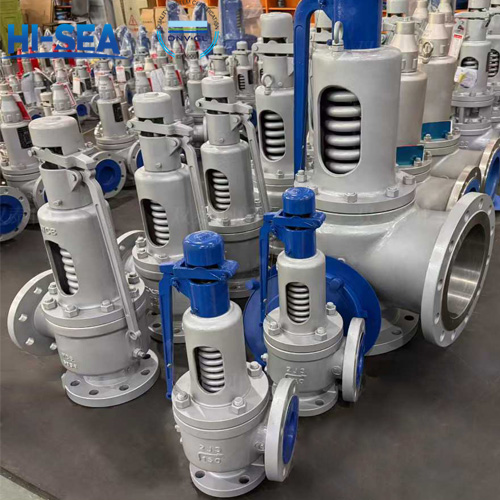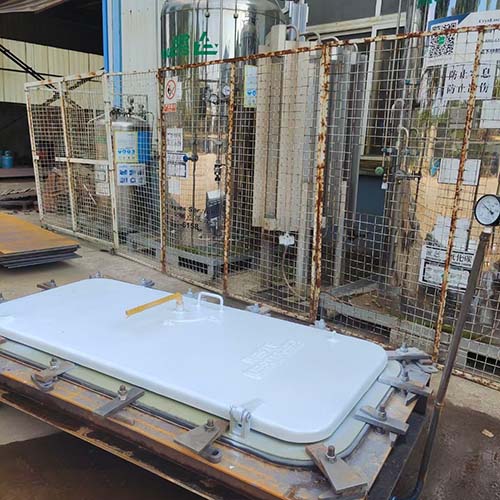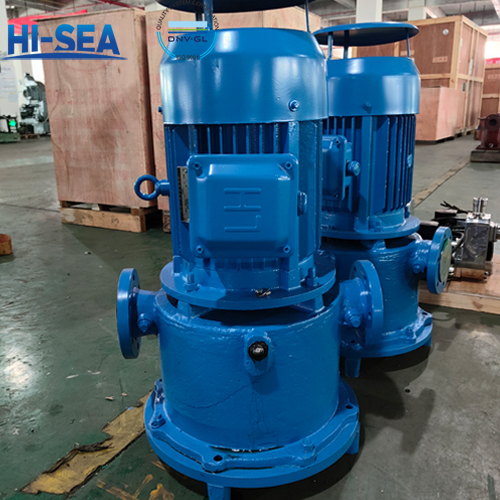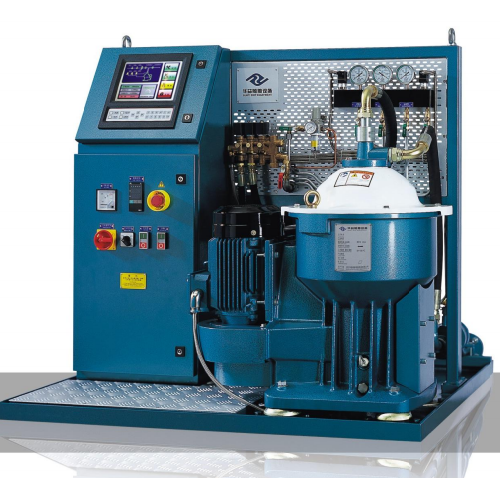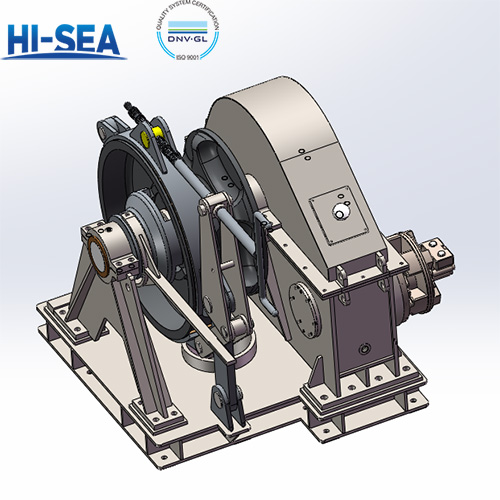
Marine Safety Valves Key Knowledge Points
Function and Principle
Function: Automatically opens to release pressure when system pressure exceeds the set value, protecting equipment; closes automatically when pressure returns to normal.
Principle: Operates based on the balance between spring force (or gravity) and medium pressure. When pressure spring preload force, the valve disc opens to release pressure.
Overview
1. Main Types
- Spring-loaded Safety Valve: Most common type; opening pressure is set by adjusting spring preload.
- Lever and Weight-loaded Valve: Uses a lever and counterweight to balance pressure, suitable for low-pressure systems.
- Pilot-operated Safety Valve: Consists of a main valve and pilot valve, offering high precision and suitable for high-pressure, large-flow applications.
2. Installation and Maintenance
- Installation Guidelines:
✓ Mount vertically at the highest point of the pressure vessel or pipeline.
✓ Discharge piping must be directed to a safe area to prevent harm.
✓ No shut-off valve should be installed between the safety valve and equipment (unless in parallel and locked).
- Maintenance Requirements:
✓ Conduct regular manual testing (monthly) to prevent valve disc sticking.
✓ Inspect sealing performance (no leakage), spring condition, and corrosion.
✓ Calibrate opening pressure annually by a certified agency.
3. Common Failures and Solutions
- Leakage: Caused by disc wear or debris clogging → Lap sealing surface or clean.
- Failure to Open: Due to overtightened or corroded spring → Adjust or replace spring.
- Chattering (Rapid Cycling): Insufficient discharge capacity or excessive backpressure → Replace with a higher-capacity valve or reduce backpressure.
4. Selection Considerations
- Choose type and material based on medium (steam, oil, water, etc.), temperature, pressure, and flow rate.
- Consider special requirements for vessel types (e.g., cargo ships, oil tankers, LNG carriers), such as explosion-proof design.

